In the realm of product testing and quality assurance, the role of environmental simulation cannot be overstated. Asli Test Equipment's walk-in chambers offer a sophisticated solution for stability and environmental testing, tailored to meet the stringent requirements of industries ranging from pharmaceuticals to aerospace. These chambers provide a controlled environment where temperature and humidity are meticulously regulated, ensuring that products undergo rigorous testing under consistent conditions. Such precision is vital for assessing product longevity and regulatory compliance. However, the true value of these chambers extends beyond their basic specifications. What are the implications of such advanced testing capabilities for future industry standards and innovation?
A walk-in chamber is a large-scale climate test chamber designed to accommodate users inside its confines. Serving as an advanced tool for stability testing, this type of chamber is crucial for simulating a wide range of environmental conditions, including temperature and relative humidity. Its primary function is to assess how various products will respond to specific climatic scenarios, which is integral for determining product durability and service life.
In the context of design considerations, the uniformity of the environmental conditions provided within the chamber is paramount. Achieving a homogeneous climate ensures that products are uniformly exposed to the test conditions, which is essential for valid and reliable results. The spatial and temporal consistency of conditions inside the walk-in chamber is a critical factor that influences the accuracy of the testing outcomes.
To meet these stringent requirements, walk-in chambers are meticulously designed with advanced control systems that allow precise regulation of environmental parameters. These systems are typically customizable, catering to the specific needs of different industries, from pharmaceuticals to automotive manufacturing, thus providing the control and flexibility required for comprehensive environmental simulation testing.
Walk-in chambers are meticulously engineered to deliver exceptional performance under a variety of testing conditions, crucial for evaluating product durability and longevity. These chambers are designed to meet precise performance metrics, ensuring environmental consistency for reliable and repeatable results.
The integration of advanced systems and robust construction supports a wide range of applications from pharmaceutical stability testing to aerospace component testing.
Key features impacting performance include:
These performance characteristics make walk-in chambers indispensable tools in sectors that require stringent environmental testing.
The ability to customize features such as panel thickness, floor support, and access ports further enhances their utility, aligning with specific testing protocols and industry standards.
Specifications for walk-in chambers detail the technical aspects and operational boundaries vital for ensuring that they meet the rigorous demands of stability testing. These specifications are crucial in guiding the design considerations and selecting materials that ensure durability and operational efficiency. The specifications not only define the size and capacity of the chambers but also highlight the critical control systems that govern temperature, humidity, and other environmental variables.
Here is a concise table highlighting key specifications:
| Specification | Detail | Relevance |
|---|---|---|
| Temperature Range | -70°C to +180°C | Ensures broad testing capabilities |
| Humidity Range | 20% to 95% RH | Supports diverse environmental conditions |
| Interior Material | Stainless Steel | Enhances material durability and cleanliness |
| Control Accuracy | ±0.5°C, ±2.5% RH | Provides precise environmental conditions |
| Design Type | Modular with expandable options | Allows customization and scalability |
These specifications are foundational to achieving precise control over testing environments, ensuring that each walk-in chamber can be adapted to meet the exact needs of the application. Each element, from temperature control to the robustness of construction materials, is chosen with precision, reflecting an understanding of the critical nature of stability testing in various industries.
Building on the foundational specifications outlined earlier, the features of walk-in chambers further enhance their functionality and performance in stability testing environments.
These chambers are equipped with advanced cooling technology and a meticulously engineered chamber design tailored to meet the rigorous demands of continuous, long-term testing. The integration of high-precision cooling systems not only ensures optimal temperature control but also delivers significant energy savings and a reduced power equipment capacity requirement.
Key features include:
These features collectively contribute to a reliable, user-centric testing environment where precision and control are paramount.
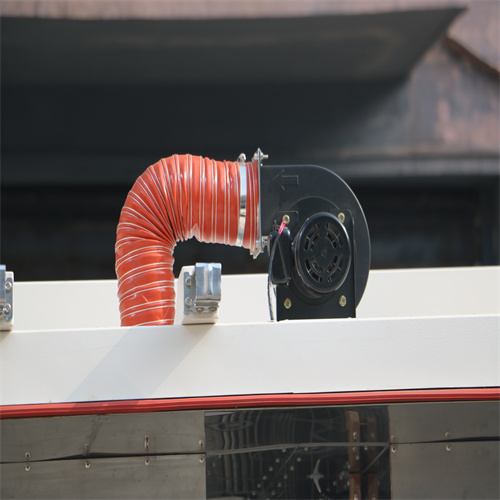
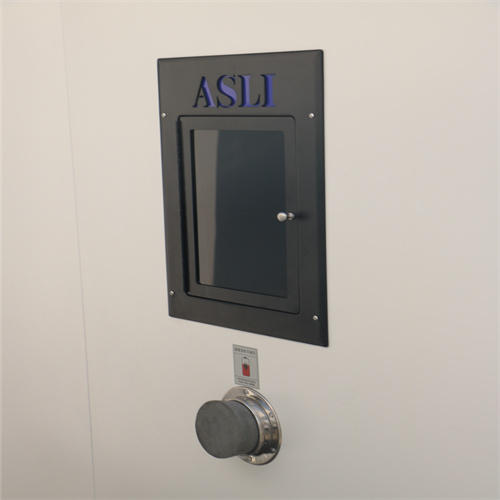
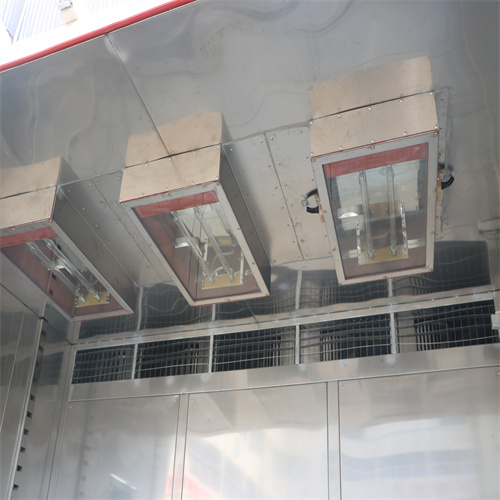
Walk-in chambers offer a variety of optional functions that enhance their versatility and cater to different testing needs across industries. These options allow for more precise environmental control, greater data accuracy, and the ability to customise tests based on product-specific requirements. Below are some of the key optional functions available for walk-in chambers:
By selecting the appropriate optional functions, companies can optimise walk-in chambers to suit their specific testing needs. These customisations not only improve the accuracy and efficiency of environmental testing but also ensure compliance with industry standards.

Given their robust design and customizable features, walk-in chambers are extensively utilized across various industries for stability testing. These chambers are critical in simulating various environmental conditions to ensure the durability and functionality of products under extreme or varying conditions.
Their capacity to replicate diverse climates makes them indispensable in sectors that demand rigorous quality assurance processes.
Walk-in chambers find their application in a myriad of industrial contexts. Some of the key sectors include:
These industrial applications highlight the role of walk-in chambers in environmental testing, providing stakeholders with the confidence that their products can meet the stringent standards required for performance and safety in their respective fields.

Beyond their diverse industrial applications, walk-in chambers offer several intrinsic benefits that enhance their utility and effectiveness. Primarily, their modular structure not only simplifies assembly but also reduces shipping costs, making them an economical choice for many businesses. This design flexibility ensures that chambers can be easily configured to meet specific testing requirements and spatial constraints of various facilities.
Additionally, walk-in chambers are celebrated for their energy efficiency. The design incorporates features that minimize power consumption while maintaining precise environmental conditions, which is crucial for stability testing and environmental simulations. This energy efficiency translates into lower operational costs and a reduced environmental footprint, aligning with the sustainability goals of many modern enterprises.
Maintenance convenience is another significant advantage. These chambers include accessible panels that allow for straightforward inspections and repairs, minimizing downtime and enhancing productivity. Moreover, the quiet operation of these chambers ensures they do not disrupt the surrounding work environment, which is particularly beneficial in settings that require concentration and precision.
Safety features such as alarms and automatic shutdown circuits protect both the samples and the equipment, ensuring reliable operation and peace of mind for users. These aspects collectively make walk-in chambers a robust solution for various testing and research applications.
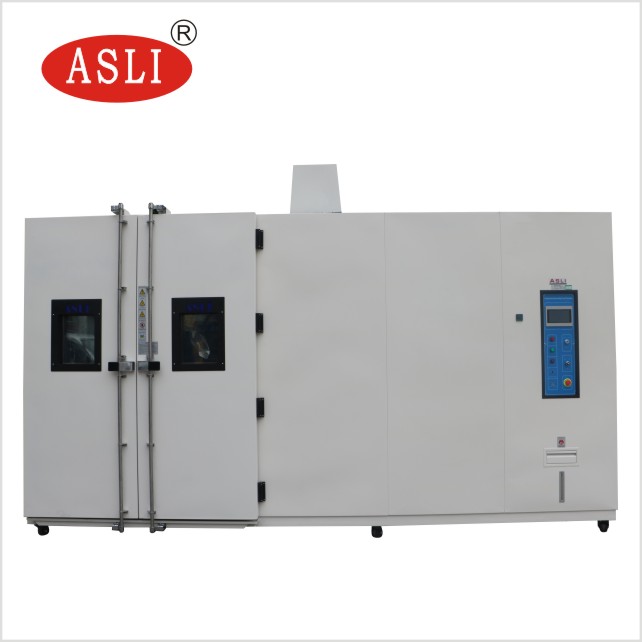
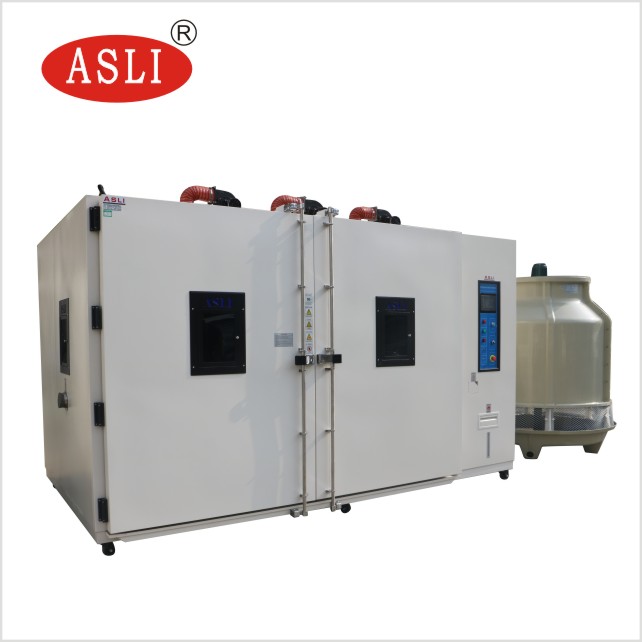
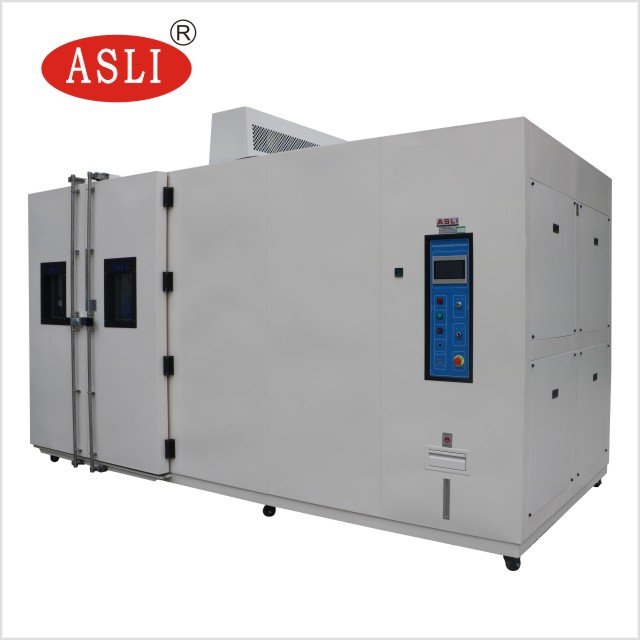
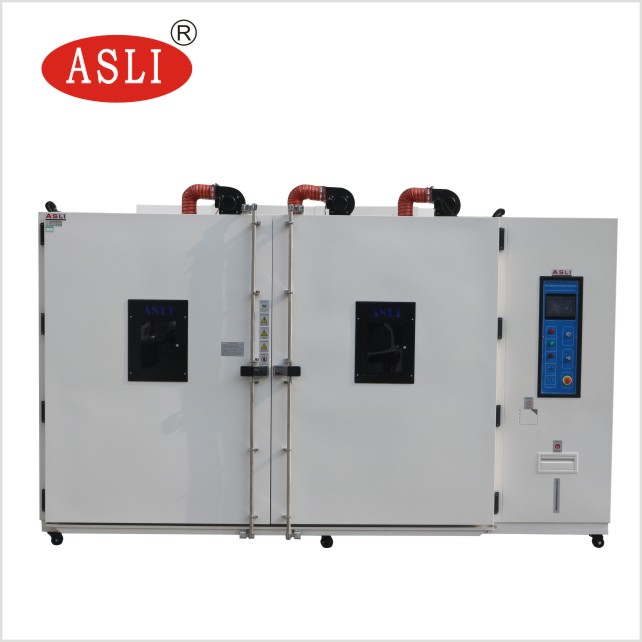

Walk-in chambers, essential for replicating and controlling environmental conditions, vary significantly in design to accommodate specific testing needs.
These specialized units are pivotal in sectors where stability testing and environmental simulation are critical, such as pharmaceuticals, aerospace, and electronic manufacturing. Understanding the different types available helps in selecting the right chamber for specific requirements.
These variations ensure that every industry can achieve precise environmental control, enhancing product reliability and compliance with international standards.

Having explored the various types of walk-in chambers, it's pertinent to compare these with their smaller counterparts, reach-in chambers, to better understand which might suit different needs.
The primary distinction lies in their size and consequently, the sample capacity each can handle. Walk-in chambers offer a vast area, accommodating a high volume of samples, which is beneficial for large-scale testing scenarios where uniform environmental conditions are crucial. This extensive capacity means one qualification process can cover more ground, enhancing cost-efficiency over multiple smaller units.
Conversely, reach-in chambers, with a typical maximum size of 2000 liters, cater to needs requiring less space. Their smaller size translates into lower initial costs and reduced ongoing maintenance expenses. Due to their compact nature, these chambers can be easily relocated and are typically available off-the-shelf or for rent, providing flexibility and immediate availability.
In terms of stability, walk-in chambers generally maintain more consistent conditions due to their larger volume, which might be a critical factor in some testing protocols.
However, reach-in chambers still significantly exceed the stability requirements set by international guidelines, making them a viable option for many applications.
What factors should be considered when selecting the appropriate walk-in chamber for stability testing? The decision hinges primarily on ensuring the chamber not only aligns with the specific testing requirements but also fits within the operational and regulatory frameworks necessary for your application.
Here are critical considerations:
In addition to these points, consider the ease of monitoring both onsite and remotely, which is crucial for maintaining control over the testing process.
Regular calibration and maintenance are vital to sustain the accuracy and effectiveness of the chamber, influencing the consistency of your results over time.
For clients seeking to enhance their testing capabilities, financing options for purchasing equipment include leasing arrangements and installment plans. These purchase considerations offer budget-friendly alternatives, allowing for better financial control and resource allocation.
Used walk-in chambers can provide reliable accuracy for testing, provided they meet rigorous testing protocols and maintenance standards. Thorough validation ensures they offer control and accuracy assurance necessary for precise environmental simulations.
Just as a meticulously tended garden flourishes, walk-in chambers require regular maintenance to ensure optimal performance. Maintenance frequency should ideally be scheduled semi-annually, focusing on calibration, cleaning, and system checks to uphold stringent testing standards.
Yes, walk-in chambers can be customized with specific features to meet unique industry standards, providing clients precise control over environmental conditions necessary for their particular testing and stability verification processes.
The typical delivery timeline for a walk-in chamber varies based on chamber specifications and customization. Generally, expect a lead time of 6 to 12 weeks, allowing for precise adjustments to meet specific industry requirements.
In conclusion, the walk-in chambers from Asli Test Equipment serve as pivotal instruments in the symphony of industry, harmonizing stringent standards with rigorous demands. These chambers, with their robust control over climatic variables, are not merely tools but gatekeepers of quality and reliability. By choosing the appropriate model, industries can ensure that their products not only survive but thrive under the most demanding conditions, thereby safeguarding both performance and reputation.
Founded in 1988, ASLI (China) Test Equipment Co., Ltd. produces high-quality inspection instruments and testing equipment, including temperature and humidity chambers, aging testers, and vibration testers. Certified to international standards, ASLI serves research, quality inspection, and educational sectors worldwide, renowned for precision, reliability, and exceptional customer service.


[…] ChambersThese versatile units range from small benchtop models to large walk-in rooms, making them suitable for storing and testing products under controlled conditions necessary for […]